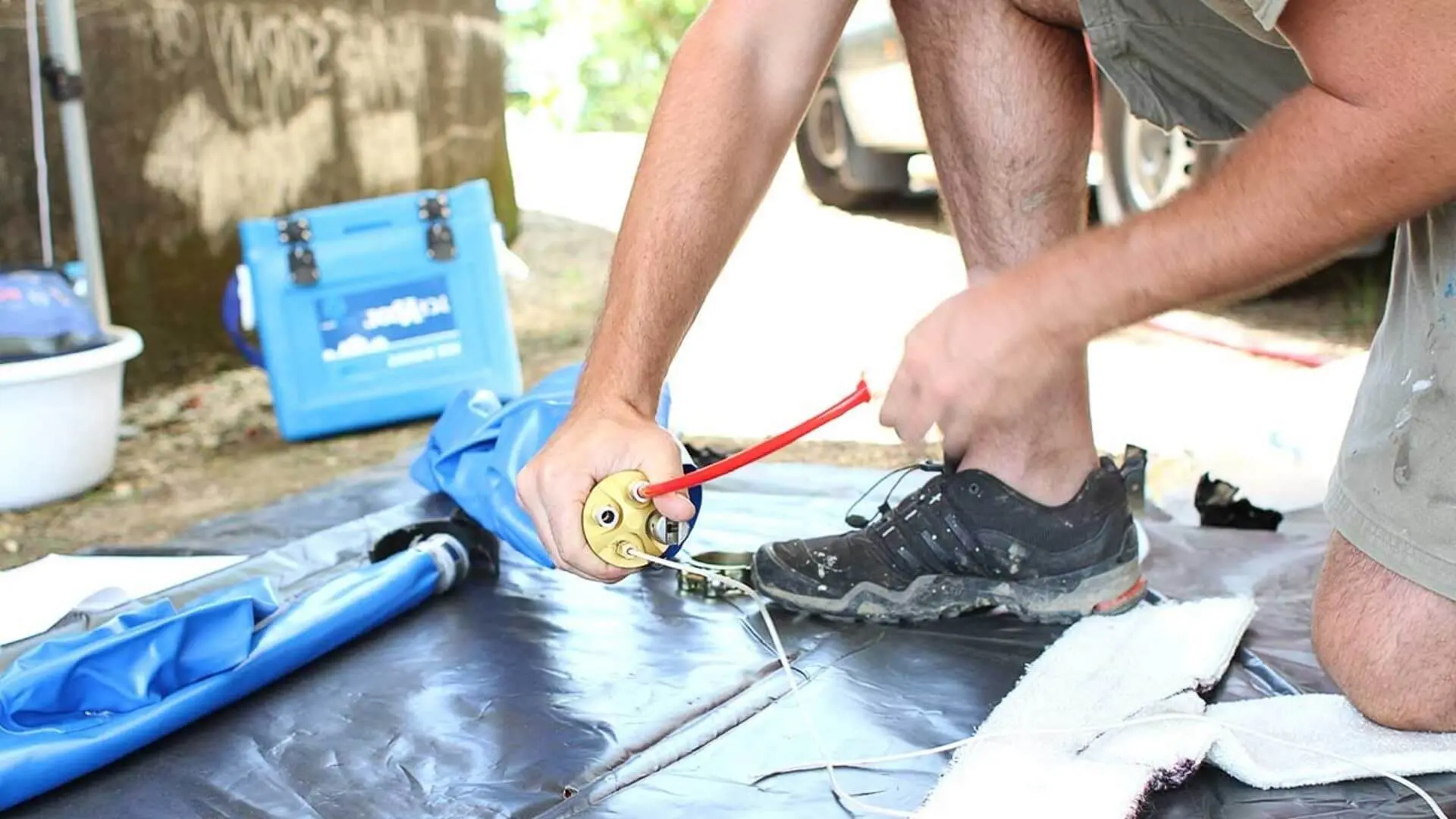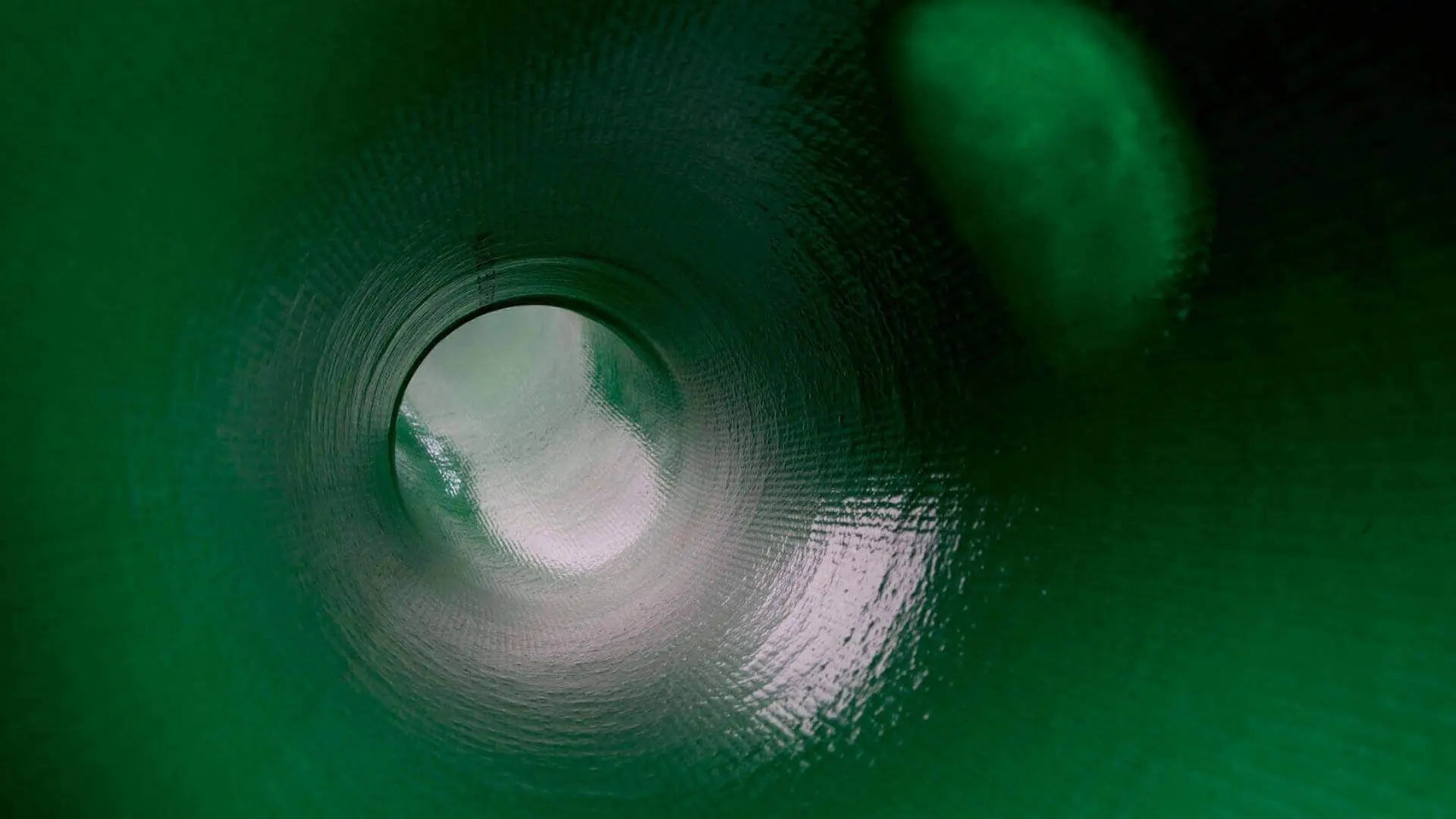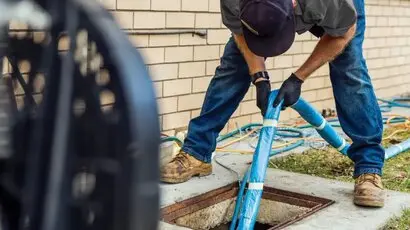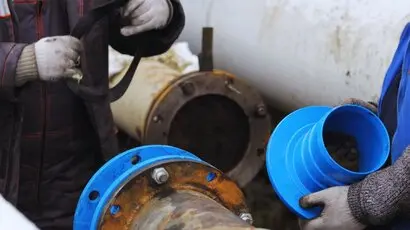How Does Pipe Relining Work?
We are wondering how pipe relining works to restore the proper functioning of any plumbing system? We break it down for you through this extensive guide on the topic.
Have you found a malfunctioning drain at home but don’t know what to do? You’re at the right place!
Traditional drain repair methods might come to mind initially. However, these aren’t always durable or long-lasting due to the materials used, which often can’t withstand regular wear and tear. Additionally, these methods require substantial digging, which can significantly disrupt your landscape.
The modern pipe relining procedure is the best to go for, as it uses highly durable material and requires minimal or no digging. But to know whether this would be the most suitable option for you, it’s essential to be aware of the nitty-gritty of the procedure.
That’s why we’ve curated this detailed guide for you. Go on and give it a read.
Pipe relining is a process where a new pipe is inserted inside a damaged one, fixing it from within. Unlike traditional methods, it uses small access points instead of large excavations. It starts with feeding a resin-coated liner into the pipe. This liner is then inflated to form a smooth internal surface. After the resin cures, it results in a tough, protective barrier within the pipe.
Pipe relining can provide a long-lasting solution for pipes damaged by roots, cracks, leaks, and more. It stops leaks, prevents further damage from corrosion or roots, and improves water flow by smoothing the interior pipe surface. Relining also avoids digging up and replacing your underground gutter system. This trenchless method is less invasive than traditional pipe replacement.
Some common gutter installation mistakes include improper slope, incorrect placement, incorrect sizing, poor fastening and leaks. Properly installing gutters ensures optimal performance and prevents premature failure.
Experts in the field adopt various approaches and methods of pipe relining. However, the one we’ll deal with in this article is the most widely used technique for repairing pipes. In this drain relining process, a pipe relining specialist uses an epoxy resin solution to design another pipe inside the cracked or broken sewer pipe.
Let’s look at the various steps involved to understand how this works.

Professionals begin by assessing the plumbing network, which is indispensable to any plumbing repair work. Since pipe relining involves internal repair, a drain camera is usually inserted into the pipe to ascertain the presence of any blockages, breakages, missing sections, or misalignments.
The real-time footage the camera captures helps identify the exact problem and the spot where it’s located.
Next, a hydro-jetting process is employed to clean the drain linked to the pipe. This flushes out years of debris, obstructions, scale, and other build-ups, making the pipe ready for relining.
The professionals then create a customised liner and bladder per the affected pipe’s dimensions. This design also includes any junctions or bends in the pipe.
Once the two customised parts are ready for installation, the liner is soaked in high-quality epoxy resin, while the bladder is placed within the pipe in an uninflated form.
At this point, the professionals attach a rope to both ends of the liner. They then pull the liner into the correct position within the pipe with the help of some access points.
A drain camera is also utilised to ensure that the positioning is perfect. Next, they inflate the bladder, and the air blows out the liner to help it seal on the inner lining of the original pipe.
This creates another pipe covering cracks, breaks, or other damages in the old one. Note that the bladder stays inflated until the resin is cured, making the pipe more challenging. Finally, the bladder is deflated and pulled out to leave a new and perfectly watertight pipe.
After the relining, the plumbing professionals use a CCTV camera to ascertain that the sealing and installation are performed correctly.
You must’ve understood that pipe relining is a highly advanced procedure. But knowing what you’ll get from this pipe repair method is also essential. Here’s our rundown on the various benefits of pipe relining.
Since the procedure involves minimal digging, it doesn’t affect any traffic around the repair spot. This method is also suitable for public buildings and parks that require pipe repair.
Furthermore, the procedure will not alter homes’ landscape, flooring, or fencing. A maintenance hole is generally used for the filling, but even in cases where more passage is needed, the disruption to the landscape is minor.
Pipe relining is a much quicker procedure than pipe replacement. All the time that goes into soil digging, removing the original pipes, and replacing them is eliminated. It will take around two hours to fix the pipe through pipe relining. And considering the advanced drying techniques used nowadays, the time might be reduced further.
Since CCTV cameras are used at the start, the professionals can assess the damage level and know the cause of the break or blockage. They can also decide whether to act upon the broken or blocked pipe or the agent bringing about the damage.
Compared to the traditional pipe replacement procedure, the pipe relining system offers the scope of fixing just the damaged pipes. And if the problem arises due to a single hole at one spot in the pipe, professionals can conduct a one-meter relining to sort it out. Hence, you never have to pay to repair the entire length of the pipe.
It would help if you remembered that relining pipes is beneficial for broken pipes and equally effective for fixing blocked ones. The new pipe provides a much smoother surface for drainage since deposits can’t stick to it.
Of course, the cost would depend on the amount of damage that needs to be addressed. However, pipe relining costs are still a cheaper alternative when considering the expenses of replacing or fixing damaged parts during excavation.

This trenchless pipe repair can last up to 50 years. To achieve this longevity, regular check-ups of the relined pipes and surrounding plumbing systems are essential.
Generally, plumbing companies offer a 10-year installation warranty on the liners used for the procedure. However, some also provide a 50-year warranty on the pipe relining service, further enhancing its reliability.
This procedure can be applied to several pipes, such as stormwater, water mains, fire service, pool, concrete, copper, and sewer. Thus, you can rest assured that professionals can rectify most pipe damages using this technique.
Due to ultraviolet light in the curing process, the pipes may sometimes release certain harmful chemicals into the soil. However, expert workmanship and design can eliminate or reduce this problem.
The resin used is tested to be perfectly environmentally friendly, so your decision to remove one or more pipes doesn’t threaten the environment.
Relining a wholly or partially collapsed pipe will require special equipment, such as robotic cutters. This advanced tool helps grind away the collapsed sections of the pipe so that its internal diameter can be reopened.
If the company you’re hiring has such equipment, they can handle these issues. So, you must discuss this with them beforehand if you face such an issue.
Now that you’ve learned all about the procedure, it’s high time you called a reliable plumbing service to reline the damaged pipe(s) at home. One decision will be to keep your pipes perfectly secured against any wear and tear in the future. Sewer pipes are one of the most common pipelines we repair. This is because tree roots infiltrate the pipes.
Across the country, most plumbing companies use various pipe relining technologies to tackle plumbing issues. At WP Plumbing, our specialists are well-trained and experienced in performing sewer pipe relining throughout Melbourne. Reach out to our team for more details.
Finding a quality pipe relining company won’t be difficult. Search online for the nearest plumbing company with high ratings and reviews and contact them. They’ll take care of everything.
With that, we’ll sign off for today. Till next time!
Blocked drains can be a major inconvenience, but with the help of pipe relining, you can effectively resolve the issue and avoid costly and disruptive repairs. This blog explores the reasons why drains get blocked and explains how pipe relining offers a long-lasting solution for maintaining clear and efficient drainage systems.
Pipe relining is transforming the plumbing industry with its cost-effective and efficient approach to pipe repairs. This blog delves into the revolutionary benefits of pipe relining, including its durability, non-invasive nature, long-term cost savings, and minimal disruption to your property.
Discover the benefits and drawbacks of pipe relining and traditional methods for plumbing repairs. Learn which approach suits your needs best.


